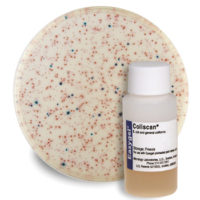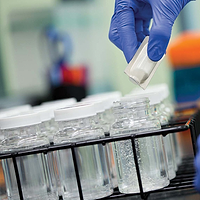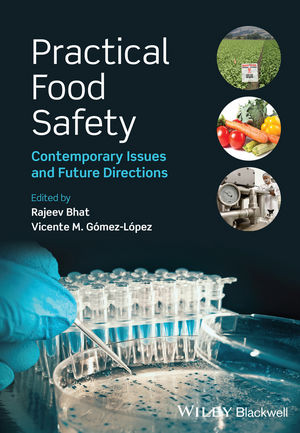Post-Sanitation Microbiology Sampling

The lowly swab has long been a mainstay in the food safety program in most, if not all, food and beverage plants. The swab, as we know it today, began its journey as a small piece of cotton wrapped into a bud at one end of a wood dowel. Clinicians around the world used the swab to transfer small samples of tissue from the human mouth, nose, wounds, surgical sites, etc. on the way to the microbiology lab. Over time, food microbiologists and a handful of suppliers adopted the clinical swab and made good use of it in microbiological sampling on surfaces in the food plant.
The swab is very good for reaching hard-to-sample crevices and piping in the production line. These crevices can be difficult to clean and sanitize, frequently making them critical sampling sites. The swab itself evolved into a flexible plastic rod with a synthetic bud manufactured with improved reproducibility. The swab’s relatively small size enables technicians to carry a dozen or more in a pocket. However, the swab continues to have some limitations. The sample size is small and sampling reproducibility is low (personal observation, J. Zindulis, Ph.D., production manager, Weber Scientific). The swab was not originally designed for quantitative use. As a result, people have attempted to rectify this with a number of specified surface area measurements and techniques. However, few technicians appear to enjoy the additional time spent to follow these procedures. This further contributes to low reproducibility.
A viable alternative to the draconian use of the swab is the sponge-on-a-stick. Although sponge samplers have been available for some time, a few recent changes have breathed new life into this concept. One new design is the MegaSampler™ with a 4.5-sq. in. sponge on a stiff plastic rod. This is housed in a sterile bag that can easily be opened and closed. The sponge contains Dey Engley (DE) neutralizing buffer to stabilize the microbial sample while simultaneously counteracting many common cleaning agents and sanitizers. The flat sponge is secured to the sampling handle using a unique design that enhances sampling efficacy by having twice the sampling surface. Also, the sponge itself extends over the plastic handle, enabling the sponge to move into difficult to reach areas. The MegaSampler stick has a scraping blade adjacent to the sponge, intended for lifting biofilms. Since biofilms are notoriously difficult to sample, physically scraping a surface may help access a microbial population that a swab cannot. When a MegaSampler is returned to its bag, any debris on the scraper can be brought down to the bottom of the bag, and the sponge is easily removed from the handle. At that point, a volume of DE neutralizing buffer can be extracted from the sponge and subsampled directly to a plate or to another broth. The MegaSampler also does an excellent job of sampling both large and small surfaces, either flat or curved, with minimal effort. Minimal effort means that the device will be used and used consistently. There might also be a small fun factor, which can only help the overall program.
Multiple publications have shown improved recovery of Listeria spp., Salmonella spp., and additional bacteria, using sponges as compared to swabs. This is not unexpected, simply based on the increased surface area of the sponge and the sponge’s ability to absorb material from a surface wetted by the neutralizing buffer. This alone is incredibly significant in choosing the MegaSampler over a swab.
According to Weber Scientific sales manager, Asif Rahman, the MegaSampler will enhance a plant’s food safety program. It will do a much better job than the swab in many, if not most, sampling sites. Perhaps it is time to begin using a device expressly developed and tuned for the food and beverage industries as contrasted with a swab limited by its original design for clinical samples.
MegaSampler is manufactured and distributed by Weber Scientific.
Looking for a reprint of this article?
From high-res PDFs to custom plaques, order your copy today!







